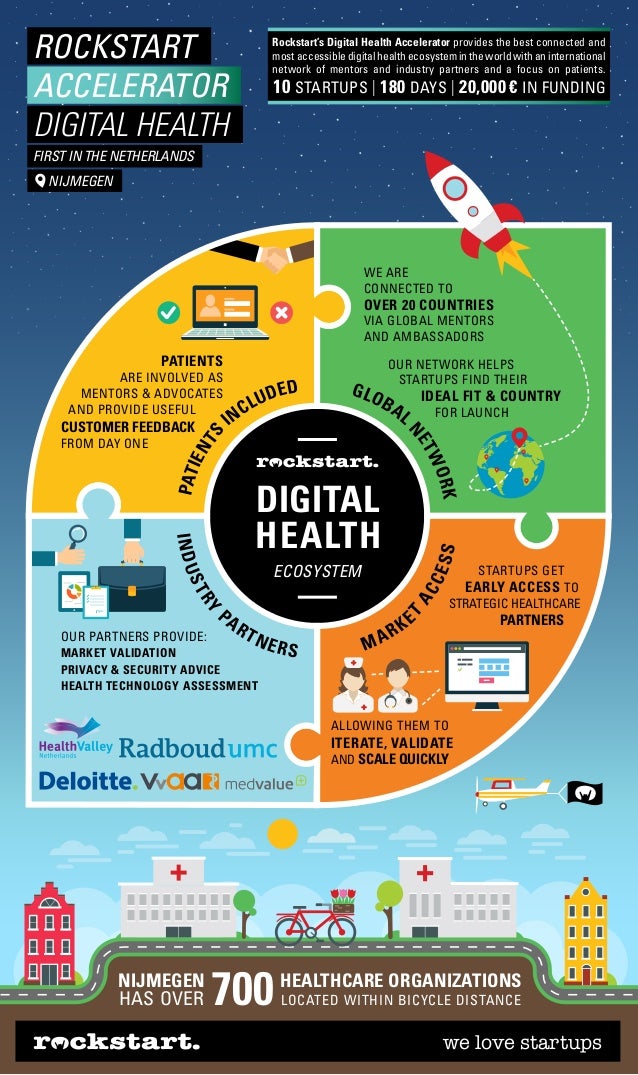Sorts Of Hernias That Require Surgical Intervention

Writer-Walters Leach
* Inguinal rupture: A projection of tissue through a weakened area in the stomach wall, typically on one side of the groin.
* Hiatal hernia: An outcropping of the belly with the diaphragm and right into the upper body dental caries.
* Umbilical hernia: A bulge near the stubborn belly switch that takes place when a weakened area in the abdominal wall permits fat or other tissue to press with.
* Ventral hernia: A lump that occurs when a weakened location in the abdominal wall surface allows fat or various other tissue to push through, usually near a previous surgical incision.
* Incisional rupture: A lump that takes place when a weakened area in the abdominal wall surface permits fat or various other cells to press through, typically near a previous surgical laceration.
It is important to keep in mind that not all hernias require surgical procedure, yet these kinds do. If you presume you have a rupture, it is very important to speak with a healthcare specialist for proper medical diagnosis and therapy.
So, you have actually been experiencing some pain lately, and after a complete evaluation, your physician has established that you have a hernia. Now, before you start panicking, it is essential to recognize that not all ruptures require medical intervention.
However, there are particular kinds that do, which's what we're below to talk about. From inguinal ruptures to umbilical ruptures and also hiatal ruptures, every one offers its very own special difficulties and considerations.
Yet let's not prosper of https://profootballtalk.nbcsports.com/2021/06/17/seahawks-guard-pier-olivier-lestage-has-sports-hernia-surgery/ . We'll study the specifics soon enough.
Inguinal Hernias
If you're experiencing discomfort and pain in your groin area, you may have an inguinal rupture that calls for surgical intervention. An inguinal rupture happens when a part of the intestinal tract or fat pushes through a weak spot in the inguinal canal, which lies in the lower abdominal area.
This kind of rupture is much more typical in men than women and can be caused by elements such as hefty lifting, stressing throughout bowel movements, or persistent coughing. Signs of an inguinal hernia consist of a bulge in the groin area, pain or pain when coughing or raising, and a feeling of stress or weakness in the groin.
If left unattended, an inguinal hernia can lead to problems such as digestive tract blockage or strangulation, which is why surgical treatment is required to fix the hernia and protect against more difficulties.
Umbilical Ruptures
Do you know what an umbilical hernia is and how it can be dealt with operatively?
An umbilical rupture occurs when a part of the intestine or stomach cells protrudes with a vulnerable point in the stomach wall near the stubborn belly button.
If you have an umbilical hernia that requires surgical intervention, here are three therapy choices to take into consideration:
- Hernia repair surgical procedure: This is the most typical therapy for umbilical ruptures. During the procedure, the cosmetic surgeon will make a laceration near the rupture and push the protruding tissue back right into location. They'll then enhance the stomach wall making use of stitches or a mesh spot.
- Laparoscopic surgical treatment: In some cases, a minimally intrusive strategy called laparoscopic surgical treatment might be utilized. This technique includes making small cuts and using a cam and specialized devices to fix the hernia.
- Open surgery: In more intricate situations, open surgical procedure might be required. This includes making a bigger cut to access and repair the rupture.
Hiatal Ruptures
A hiatal hernia happens when part of the stomach extends through the diaphragm right into the upper body tooth cavity. This sort of hernia is fairly common and usually calls for medical treatment.
Hiatal ruptures can be identified into two main kinds: moving and paraesophageal ruptures. Sliding hernias are one of the most common and happen when the reduced part of the esophagus and the top of the tummy slide up right into the upper body through the hiatus, a tiny opening in the diaphragm.
On the other hand, paraesophageal ruptures are less common yet a lot more severe. In this kind, a part of the stomach presses with the hiatus along with the esophagus, triggering potential issues like stomach volvulus or strangulation.
Surgical fixing is normally necessary to treat hiatal hernias and alleviate signs and symptoms such as heartburn, upper body pain, and trouble swallowing.
Final thought
So there you have it, the different kinds of ruptures that call for surgical treatment.
Dallas Hernia Surgeons Near Me of a rupture instance that required surgery is John, a 45-year-old male that struggled with an inguinal hernia. Regardless of his first pain and worry, John went with medical intervention.
The procedure was successful, and he experienced a complete recovery, enabling him to go back to his typical activities without any more complications.
Remember, it is very important to consult with a healthcare professional if you presume you may have a hernia that needs medical treatment.

